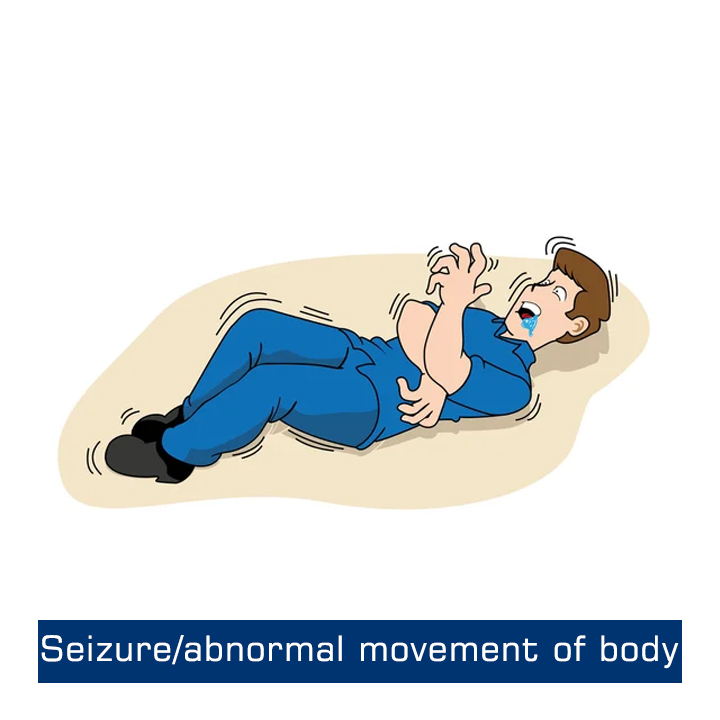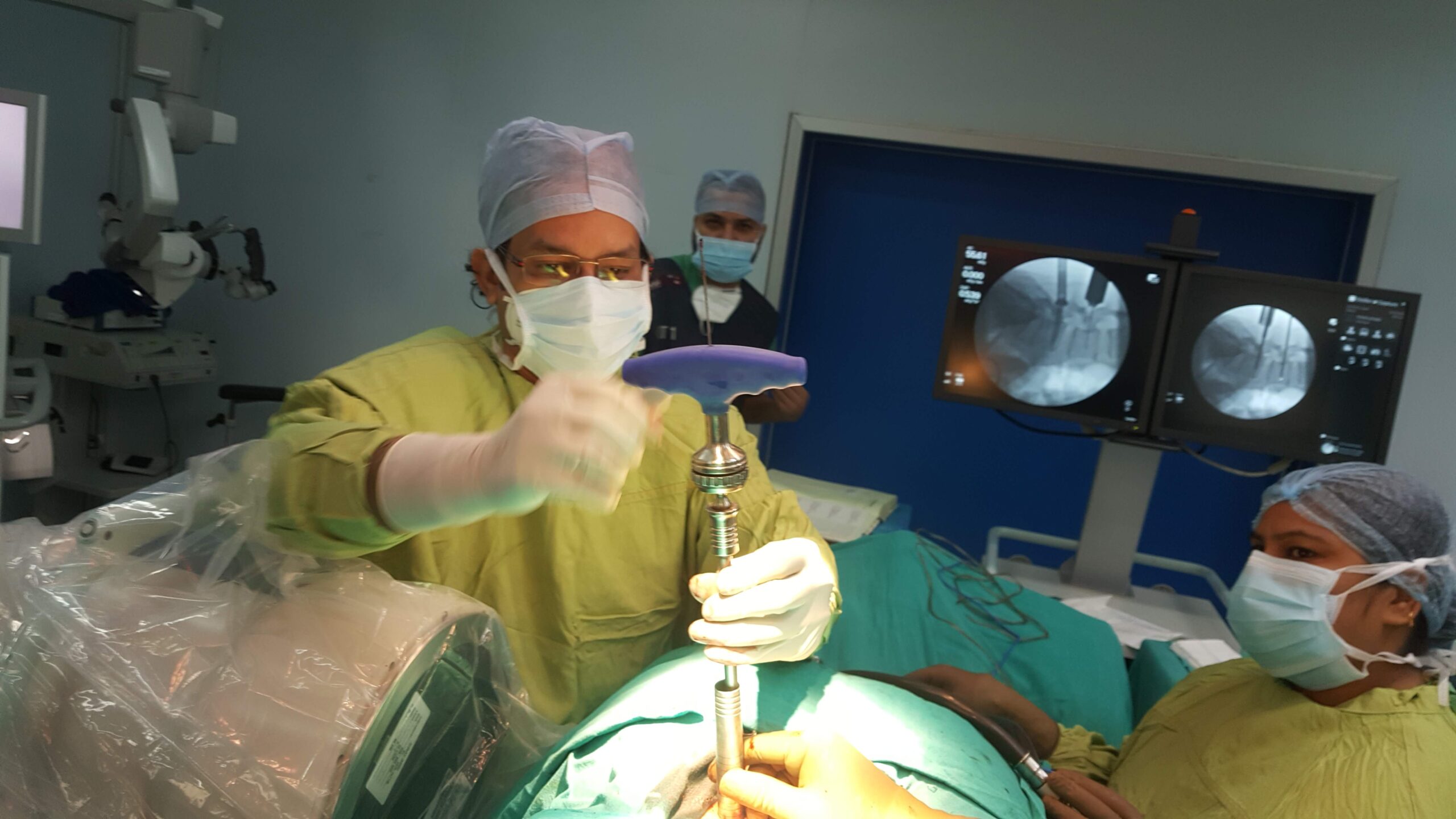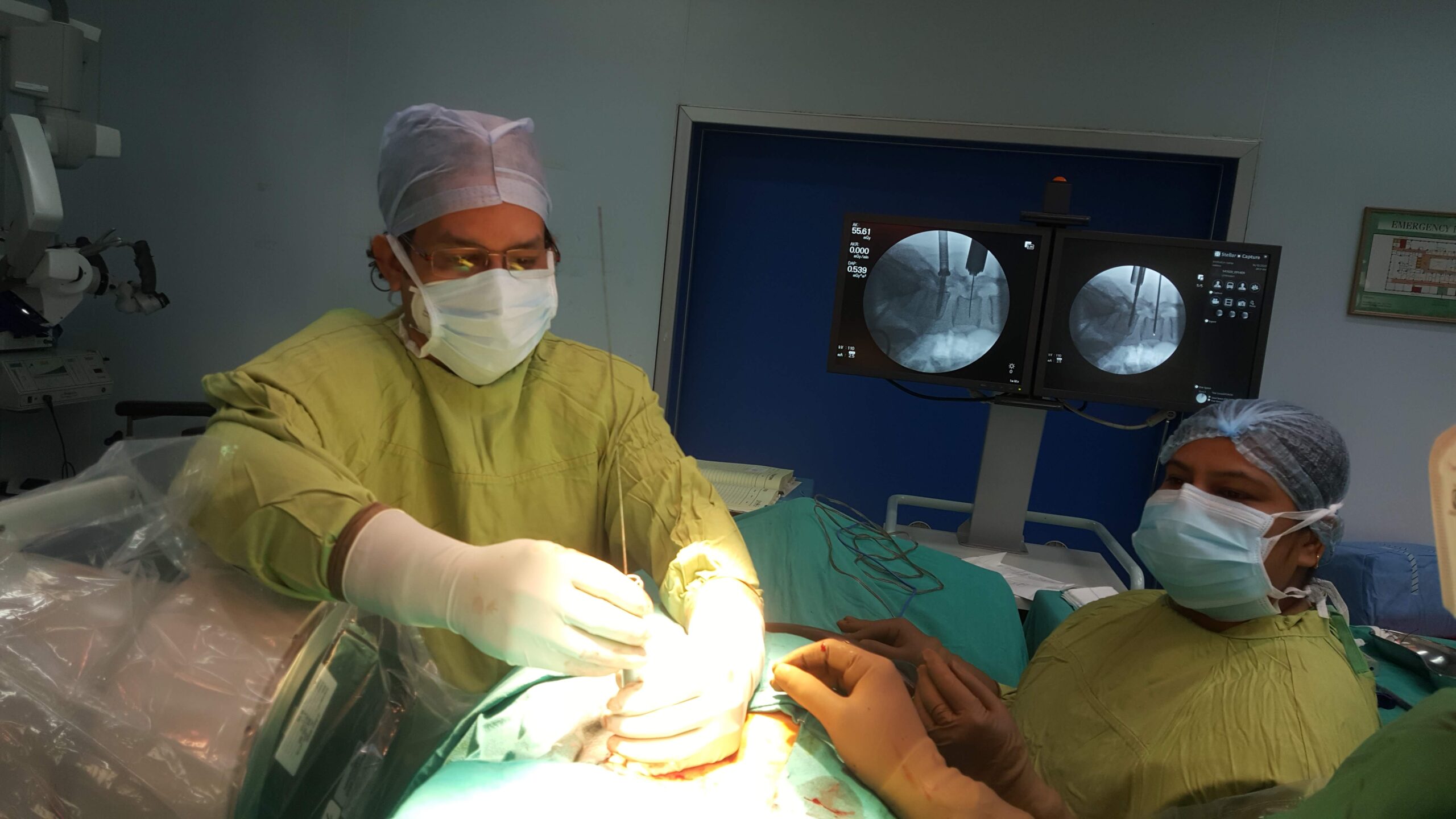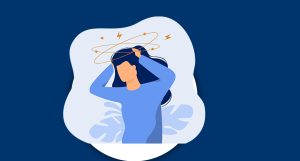
Q. What are seizures?
A. Seizures are abnormal jerky movement of whole of the body or certain parts of the body (like face, one arm or one leg). Occasionally there can be bursts of abnormal behavior or one may have altered consciousness due to seizures.
Q. How can I identify if certain abnormal movement is seizure?
A. It is not very easy for a common person to identify seizure correctly. Many a times there are preceding symptoms like some unpleasant smell, stomach disturbance or feeling of something not being right. These are known as aura. If feasible and safe, it is reasonable to make a video recording of such an episode so that it can be shown to a doctor.
Q. Do I need to contact a doctor for this?
A. certainly. There are two reasons: It may come again. During a seizure a person can loose control of his body. It may be particularly dangerous during certain activities like driving, swimming, working with a machine etc. Subsequent attacks may be more severe and may pose greater risk. Secondly, there may be some underlying serious condition responsible for the seizure. Contact a neurosurgeon/ neurologist as soon as possible. It is important to call an ambulance and reach the hospital immediately.
Q. What causes seizure?
A. Seizures are caused by disturbance of electric activity of brain. Our brain contains billions of nerve cells also known as neurons which produce synchronized electrical activity. Seizureare produced due to erratic discharge of abnormal electric activity. Some of the conditions that may cause it are:brain trauma, infections of the brain, brain tumors (both cancerous and non-cancerous), stroke or metabolic causes (like hypoglycemia, certain drugs, alcohol withdrawal or abnormal sodium levels). There are few genetic conditions which may give rise to seizures. In many a casescause of seizures is not apparent.
Q. What are common investigation modalities?
A. EEG and CT/MRI are required to assess a seizure patient. Along with these, investigations are done to find out the presence of various factors as mentioned above. Typically, they include blood tests, CSF studies and toxic profile.
Q. What are available treatment?
A. It is important to terminate an ongoing seizure and to prevent subsequent seizures. This is achieved with antiepileptic drugs. There are many such drugs available, and they are chosen depending on patient profile and type of seizure.
Thereafter attempts are made to look for the cause for the seizure. Read following further information: Management of brain tumor; Management of brain trauma; Management of brain infections
Q. What should I do if the person next to me has a seizure?
A. This is very important to understand that nonpharmacological methods used to terminate seizure like making smell old socks are unsuccessful and pose a greater risk to the patient. There is no use of putting something like spoon in the mouth to prevent tongue bite or clenching of jaws.
Usually, seizures terminate themselves. The patient should be made to lie; away from dangerous areas like ongoing traffic, water or machines. The patient should be able to breathe fresh air. If someone is trained in BLS or ACLS, they can give primary care to these patients. If feasible and safe, patients can be given oxygen.
Call for help (call ambulance) immediately.





